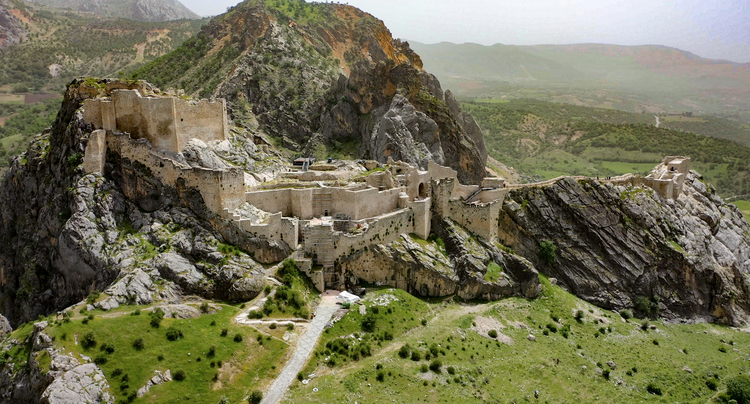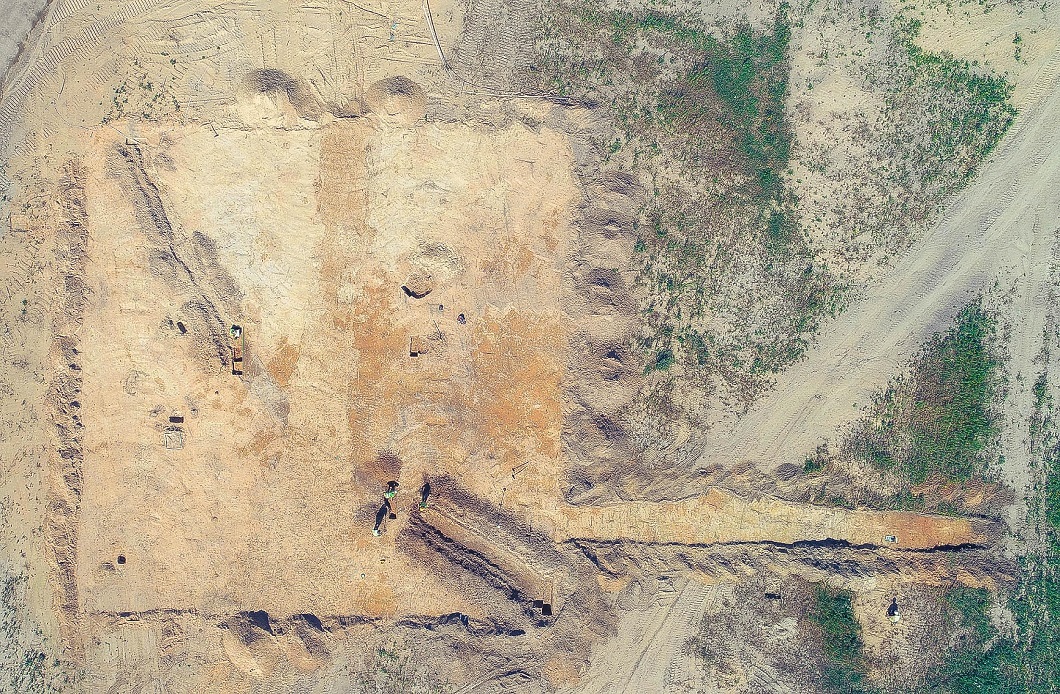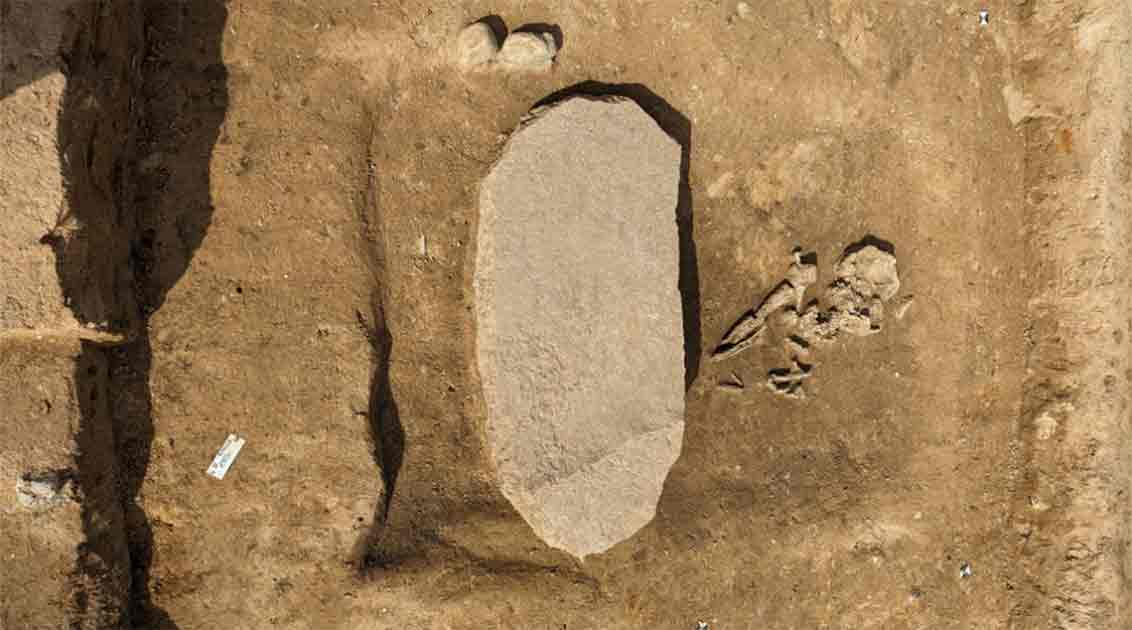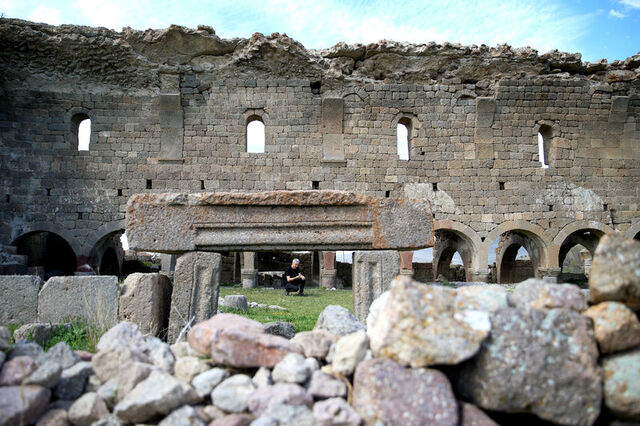
Restoration works have come to an end in the 2200-year-old Kahta castle damaged by earthquakes
The reconstruction works started in the 2200-year-old Kahta castle, which was damaged by two major earthquakes centered in Kahramanmaraş, have come to an end. Kahta Castle is located in Adıyaman province in the southeast of Türkiye. The history of the castle built on the steep cliffs on the west side of Kahta Stream dates back

Archaeologists find Bronze Age settlement in Poland during a survey ahead of S1 highway construction
A Bronze Age settlement was uncovered during the construction of the S1 highway between Oświęcim and Dankowice in Poland. According to a press release by the General Directorate for National Roads and Motorways (GDDKiA), two cultural layers were encountered during the works carried out at two stations in the Jawiszowice region. One of these cultural

‘4,200-year-old zombie tomb’ discovered in East Germany
Archaeologists have found the grave of a man believed to be at risk of becoming a “zombie” near Oppin in East Germany’s Saxony-Anhalt. The grave contained a 4,200-year-old skeleton. A so-called zombie grave dating back thousands of years sheds light on the superstitions of Bronze Age Europeans. The deceased was secured under a large stone

Three Roman tombs discovered in Ossónoba, Portugal, where the Visigoths ruled
Three tombs dating to the 5th or 6th century AD have been unearthed in the ancient Roman city of Ossónoba in Faro, southern Portugal. Phoenicians settled Ossónoba in the 4th century BC. The city fell under Roman and Visigoth rule from the 2nd century BC to the 8th century AD and was conquered by the

The Hittites’ famous gold-hilted iron dagger was forged from iron with extraterrestrial origins
The Hittites, the biggest player on the Anatolian civilization stage, were also a pioneering society in the processing and use of iron. The gold-hilted iron dagger found during the excavations at Alacahöyük was the best example of Hittite ironworking. The dagger is also an important discovery because it is a dagger forged from iron with

“Gypsy Girl” set a record for the number of visitors during the holiday in Türkiye
Visitors flocked to Gaziantep Zeugma Mosaic Museum during the Ramadan holiday in Türkiye. The world-famous Gypsy Girl mosaic exhibited at the Zeugma Mosaic Museum attracted nearly 40 thousand visitors during the 9-day holiday. The Zeugma museum, where Roman-era fountains such as “Gypsy Girl” and “Mars statue” and mosaics found in villas by the Euphrates River

The 2000 year old Anisa Plate shows that Greek was spoken in Anatolia at that time
The Anisa Plate with a 2000-year-old parliamentary resolution found in Kültepe, the most important karum of the Assyrian trade colonies, shows that Greek was used in Anatolia at that time. Kültepe Karum is located in the province of Kayseri in central Turkey. Kültepe/Kanesh is about 20 km from the center of Kayseri. Kültepe Kanesh Karum

A striking fresco depicting Helen of Troy found during excavations in the lava-floored city of Pompeii
Archaeologists have uncovered remarkably preserved ‘fresco’ paintings on a wall in the banquet hall of a large house on Via di Nola, one of the longest streets in Pompeii, which was buried under the lava of Mount Vesuvius. In a recently excavated area of the ancient Roman city of Pompeii, archaeologists have discovered exquisitely preserved

Touristic Mesopotamia Express starts its journey
The touristic Mesopotamia train, which will depart from the Turkish capital Ankara and pass through Central Anatolia and Eastern Anatolia and stop in Diyarbakır, will start its services on April 19. TCDD organized a roadshow before April 19. The Mesopotamia train started its promotional tour from Ankara and made stops in Kayseri, Malatya and Elazığ

